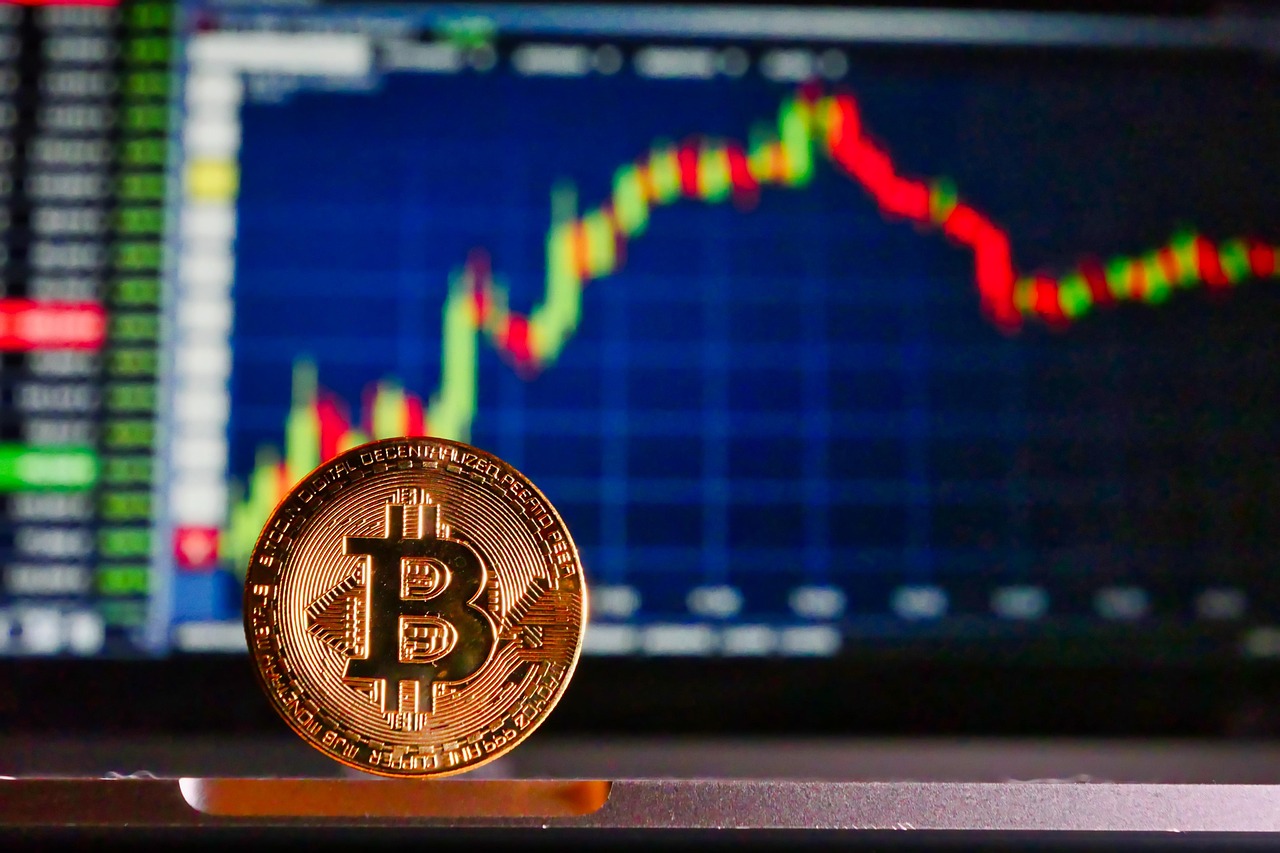Bitcoin’s recent price movements appear to be closely tied to global liquidity trends, according to macroeconomic analyst and Real Vision co-founder Raoul Pal. He shared a chart showing a strong correlation—nearly 89%—between Bitcoin’s price and the growth of the global M2 money supply over the past two years.
M2, which includes cash, checking deposits, and easily convertible near money, has surged due to massive monetary stimulus and money printing worldwide. Pal argues that this liquidity expansion has been the main driver of Bitcoin’s price gains, dismissing most news and market narratives as “noise.” He believes that Bitcoin is effectively debasing the U.S. dollar by acting as a macro asset tied to the expansion of fiat currency.
This macroeconomic thesis was tested recently when Bitcoin experienced a sharp selloff. The leading cryptocurrency dropped over 4% on Friday, falling from above $108,000 to around $103,000 within hours amid renewed military tensions in the Middle East. Although it quickly rebounded by more than 2%, the gains were short-lived as volatility returned to the market.
Despite the short-term dip, Pal’s liquidity-based model suggests that as long as M2 continues to expand, Bitcoin’s long-term price trajectory remains upward. His view reinforces the idea of Bitcoin as a hedge against fiat debasement and a liquidity-driven asset class rather than one reacting primarily to short-term headlines.
As institutional interest grows and macro liquidity cycles continue to influence financial markets, analysts like Pal believe Bitcoin’s price will remain closely linked to global monetary policy and money supply trends—cementing its role as a macroeconomic indicator in the digital age.


























Comment 0